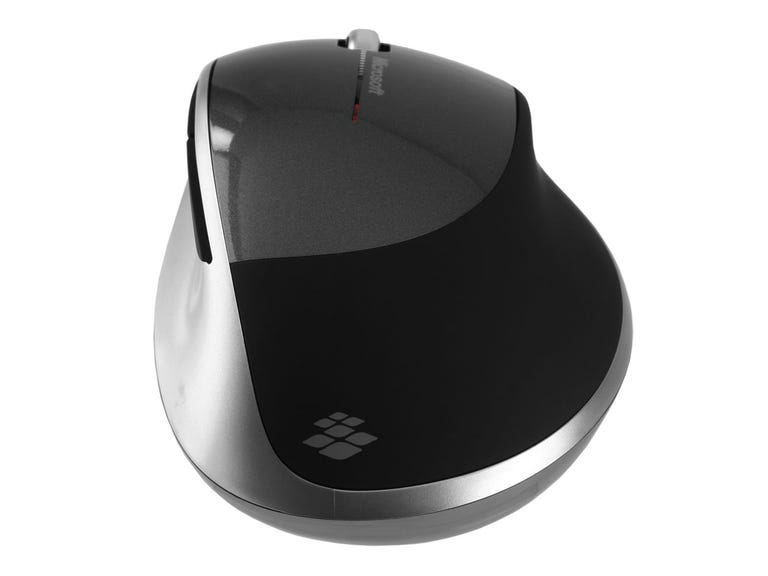 Why You Can Trust CNET
Why You Can Trust CNET Microsoft Explorer Mouse review: Microsoft Explorer Mouse
Microsoft Explorer Mouse
Had Microsoft introduced the Explorer Mouse two years ago, we might have shrugged. At that point, optical and laser mice were more than sufficient for desktop PC users, even gamers. Now that many people have more than one computer, at least one of which typically a laptop, a mouse with a new sensor that works on more surfaces suddenly seems relevant. For roughly $70, Microsoft's Explorer Mouse will give you that flexibility, by virtue of its proprietary BlueTrack sensor. You can find more fully-featured mice for your desktop, but none that work as well on the living room carpet.
The Good
The Bad
The Bottom Line
The Explorer Mouse is one of two products released this year from Microsoft using an internally developed sensor technology called BlueTrack. Marrying the accuracy of laser mice with the wide-area projection of optical mice, BlueTrack gives you the ability to use the Explorer Mouse on the reflective and rough-textured surfaces that would give other kinds of mice trouble.

While your current desktop mouse likely works just fine, we'd also bet you use it on some kind of surface suited to the task. A mouse pad or a desk blotter will pose no trouble to current mouse technologies. The trouble comes when you use your computer in a nonstandard location, a reflective kitchen countertop, for example, or on your lap in the living room. These surfaces can give optical and laser mice difficulty.
The Explorer Mouse, on the other hand, works fine in these situations. We tried it on the polished granite sample surface Microsoft provided for us, as well as the carpet, the leg of our jeans, an aluminum surface (to simulate an industrial kitchen countertop), and, finally, on a piece of transparent glass. The Explorer Mouse worked well on all but the glass (so glass coffee tables are still out). Our comparison mouse, Logitech's MX 1100 Cordless Laser, actually handled the granite and metal fairly well, but it lost a step on carpet and completely failed both the glass test and the jeans test as well.
The Explorer Mouse comes with a few standard features we expect in our higher-end mice. It includes one rechargeable AA battery, and also comes with a recharging station that's thankfully paired down compared with those of Microsoft's older rechargeable mice. The mouse works on a wireless 2.4GHz connection, with a miniscule USB receiver that snaps into the bottom of the mouse itself for travel.
As much as it provides you with location flexibility, we can't give the Explorer Mouse the best all-around award. Its relatively standard button and scroll wheel layout is only adequate, giving you five buttons to work with between the two main buttons, the scroll wheel, and a pair of thumb-side buttons. That's likely plenty for most mouse users, but Logitech's MX 1100 remains the superior device for the most demanding desk jockies, thanks to its sculpt, its dpi toggle button, and its turbo-charged scroll-wheel design. The scroll wheel on the Explorer Mouse has no "stepped" scrolling, where you feel each increment, instead relying on a smushier, less tactile design.
Of course, all of those features only give the Logitech an edge when you have a reliable surface upon which to use it. When you don't, the Microsoft Explorer Mouse can step in almost seamlessly.


